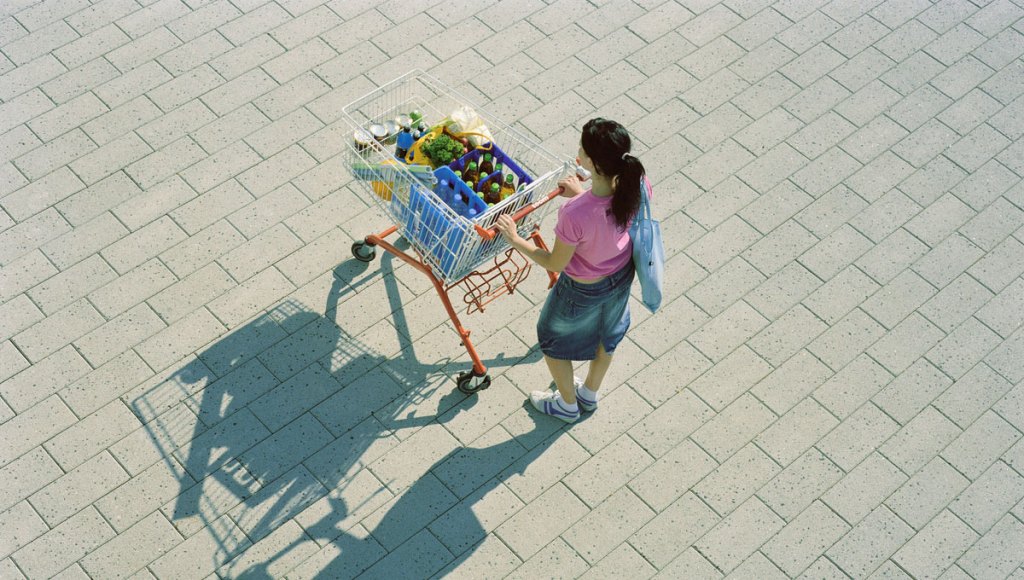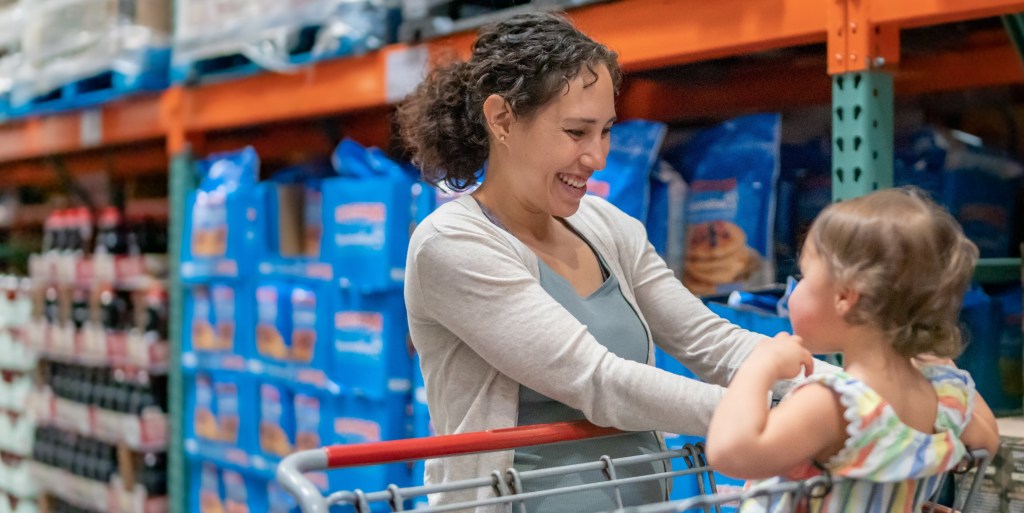South Africa’s FMCG sees sales value growth
The latest findings from NIQ’s State of the Retail Nation analysis for quarter 2, 2023, based on its comprehensive *Retail Measurement Service (RMS), shows that South Africa’s FMCG sector has achieved R621 billion in annual sales in 2023, reflecting a 13.5% increase.
These results unfold against the backdrop of continued global inflation, which has reached record highs in the past 2 years. However, despite South African consumer price inflation (CPI) falling to 4.7% (June 2023), food inflation remains notably high, surpassing 10% for 12 consecutive months and currently sitting at 12%.
A deceleration versus a decline in prices
Steve Randall points out: “The prevailing narrative is that decreasing inflation growth is great news and cause for celebration. However, the reality is that we are dealing with a deceleration, not a decline, with price increases slowing and settling but at a higher price point.”
Randall points to the deeper effects of the ongoing price pressures South Africans face, which are reflected in NIQ’s latest Consumer Outlook research. “When we asked consumers whether they are making changes to manage their overall expenses, 95% of consumers said yes, with more than half cutting back on discretionary spending. This has seen them seeking out the lowest possible prices and cutting back on discretionary spending where possible, which includes sticking to the essentials and their monthly budget.”
Beverages are buoyant
Against this backdrop and delving deeper into the performance of specific products, non-alcoholic and alcoholic beverages emerge as the biggest success stories. Both categories have managed to effectively contain inflationary-driven price increases but still achieve solid growth.
The liquor category stands out with a remarkable 27% annual growth in sales (based on the latest 12 months to the end of June 2023) compared to the preceding year. Within the liquor category, beer, cider, and premixed alcoholic drinks have all demonstrated robust annual growth, further underscoring the strength of this segment.
Non-alcoholic beverages have also fared well, registering an annual sales increase of 16%, particularly in the energy drinks category. Within this supergroup, energy drinks have posted an impressive growth rate of 25%, while soft drinks have increased sales by 17%. Fruit juice showed a commendable, albeit slightly less robust, growth rate of 10%.
In staple categories, inflationary pressures have had a more pronounced role in price increases. Noticeably, maize meal, flour, and bread have all recorded substantial annual value sales growth figures.
Cooking oil goes off the boil
A product that has been a focal point of significant price increases both globally and in South Africa is cooking oil. The repercussions of these substantial price hikes are now becoming apparent, with recent price declines seeing sales value growth remaining stagnant in the latest quarter.
In addition, a direct month-on-month comparison reveals a 5% drop in sales between June 2023 and June 2022 due to decreased prices compared to the previous year. Adding to the pressure in this product category is that consumers, in response to successive price increases, are now tending to purchase fewer volumes of cooking oil, potentially leading to a prolonged period of recovery for volume sales.
Smart shoppers
Overall, it’s clear that consumers are feeling financially pressured compared to a year ago, but what stands out is their resilience. Looking ahead to the next 12 months, it’s evident that people are firmly committed to maintaining or even increasing their spending in essential categories. The overarching trend is a significant shift in consumer spending from out-of-home activities to in-home ones, which benefits several fast-moving consumer goods (FMCG) sectors, including fresh produce, meat, health and wellness, and dairy.
NIQ’s detailed analysis corroborates this realignment, with increased annual sales seen in supergroup categories such as kitchen and tableware (17%), cosmetics and fragrances (16%), personal care (14%), home care (14%), potato chips (21%), biscuits, snacks, and confectionery (14%), and personal care appliances (14%).
A small silver lining
Looking ahead, Randall comments, “Our mid-year Consumer Outlook research indicates that South Africans feel that things will improve, with 43% believing they will be better off financially next year, 35% unchanged, and only 23% feeling worse off. Part of this slightly more optimistic outlook is that 19% of more vulnerable consumers who experienced job or income loss feel they are now ‘back on track.’”
He continues, “However, it’s important to note that while consumers also indicate that they’re willing to allocate more to consumer-packaged goods (CPG) in the coming months, this doesn’t imply that they are not being cautious with their finances. The emphasis on essential categories reflects a thoughtful approach, as consumers remain mindful of their expenditures.”
*NIQ’s benchmark Retail Measurement Service (RMS) is the largest retail (grocery) data source in the country and the only currency used by all of South Africa’s major retailers. This benchmark data comprises more than 10,000 branded retail outlets (e.g., supermarkets and garage forecourts) and more than 143,000 independent stores (e.g., spazas and taverns) across South Africa’s 9 provinces and measures more than 80% of all retail grocery transactions.



